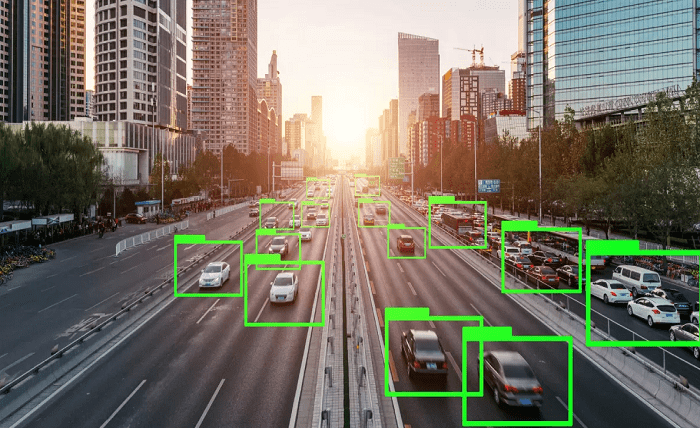
Computers cannot process visual information in the same way that human brains do. A computer must be informed of what it is interpreting and given context to make judgments. These links are made via data annotation, which is the human-led activity of labeling material like text, audio, photo, and video so that machine learning models can identify and utilize them to generate predictions.
What Exactly is Data Annotation?
Data annotation is labeling the area or region of interest—this form of annotation is only present in photos and videos. On the other hand, annotating text data entails adding important information, such as metadata, and allocating it to a certain class.
The task of data annotation often falls under the supervised learning domain in machine learning, in which the learning algorithm links input with the associated output and improves itself to decrease mistakes.
Types of Data Annotations
The properties of several types of data annotation are listed below.
- Image annotation
The task of labeling a picture is known as an image annotation. It guarantees that a machine learning system identifies an annotated region in an image as a separate item or class.
To separate items of various classes, bounding boxes (for object recognition) and segmentation masks (for semantic and instance segmentation) are created.
Data annotation services can be employed to generate training datasets for machine learning algorithms.
- Video annotation
Video annotation, like picture annotation, is the task of labeling parts or frames in a video to classify, detect, or identify desired items frame by frame.
On a frame-by-frame basis, video annotation employs the same techniques as image annotation, such as bounding boxes and semantic segmentation. It is necessary for computer vision applications like localization and object tracking.
- Text annotation
Annotating data is also important in Natural Language Processing activities. Text annotation is adding useful information about linguistic data through labels or metadata. Text annotation can be of various types, such as sentiment, intention, emotions, feelings, etc. They have been discussed below.
- Annotation of sentiment
Sentiment annotation is labeling human emotions such as sad, glad, furious, positive, negative, neutral, and so on. Sentiment annotation is useful in any activity involving sentiment analysis.
- Intent annotation
The intent annotation also marks the sentence, but it concentrates on the intent or desire underlying the statement.
- Named Entity Annotation (NER)
NER attempts to recognize and categorize pre-set named entities or special phrases in a text.
It is used to find words depending on their meaning, such as people’s names, localities, etc. NER is effective for extracting data as well as classifying and categorizing it.
- Semantic annotation
As previously said, semantic annotation adds metadata, supplementary information, or tags to text containing concepts such as persons, places, or subjects.
Here are Some Tips to Enhance Data Annotation
- Determine the end goals
There must be an ultimate objective, regardless of the intricacy of the data annotation effort. Every action made before, after, and during the project should be based on those objectives. Furthermore, goal-based planning is critical for identifying and separating viable options that meet the needs.
- Pay attention to project complexity and timelines
The initial annotation phase is typically straightforward, requiring only basic labeling and tagging. However, as needs grow, so does the project’s complexity. As a result, to reach the goal, several unforeseen problems may have to be encountered, such as several quality checks, data compliance concerns, or a lack of resources.
- Examine the application of annotation tools
Data annotation tools are utilized to annotate training datasets for machine learning models. These tools, available for many forms of annotation, such as text, video, picture, audio, or key-point, provide broad capabilities and functions for successful annotation.
Look for a technology that can meet expectations once the goals are strategized, the problems are recognized, and a timeframe is defined.
- Make a detailed budget plan
Several factors influence budget planning. For example, the resources necessary for data scraping and annotation, premium annotation tool subscriptions, or data storage and maintenance might have a broad range of prices.
To develop a scalable budget approach, one must anticipate current and future needs. Remember that the budget will increase/decrease as the requirements change. Create a plan that considers both eventualities while not interfering with the operation or performance of the organization. Controlling the annotation budget will be easy after these needs have been set.
- Select an operating strategy
Anyone can opt to do data annotation with a tool, engage an in-house team, hire freelancers, or outsource to a professional image annotation service based on the budget, goals, needs, complexity, and timetable.
Conclusion
Every annotation project is unique, as are its objectives. As a result, a business owner must painstakingly think, plan, and construct a scalable plan of action to accomplish desired outcomes and sustain that performance over time. Remember that needs are always changing. Thus, the methods and approaches must be adjusted accordingly.




